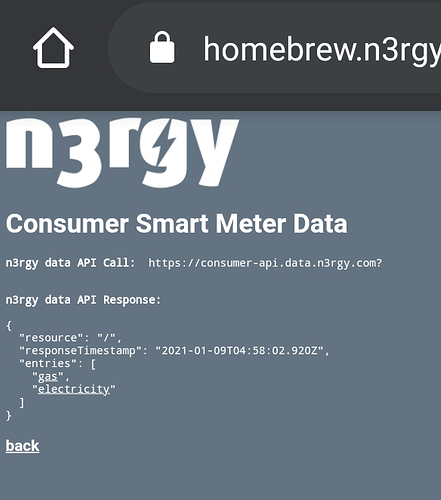Hehe, this reminds me of a personal tale… many moons ago (early 1990s) when I was the Technical Editor of a reasonably popular 16-bit computer magazine, my Editor told me “Neil, this ‘Comms Corner’ stuff at the back of the mag - I’m sure it’s all good, but it’s all very geeky. Are you sure that people are really interested in that whole modem, BBS and Internet stuff you write about?”
Several years later we all met up in our local pub for a mag/publishing-house reunion - all arranged of course, via the Internet, especially ironic because our Ed was now resident in a country literally the other side of the world, and would never have found out about it otherwise.
He bought me many drinks and apologised profusely for his lack of vision (and faith in me) that night. 
The point I’m trying to make (albeit rather nostalgically and self-indulgently) is that ‘from small acorns, sometimes big oak trees grow’. There is a market for this stuff, just as surely as there is now a market for routers in people’s houses where once-upon-a-time a simple modem would do. And people at home have LANs, and WiFi rather than simply plugging their personal PC directly into the house phone via a comms-port or USB.
This stuff gets built upon, because geeks like me (and others, far, far better at it than me), like to poke around in things, and find strategies and techniques that (sooner or later) enable the creation of other, better standalone devices that… just work.
The market for displays, logging, analysis, charting, etc, is potentially large - possibly even huge… once people are ‘turned on’ to the idea of actually watching what their energy usage is doing. And surely, that’d be good for everyone, especially so, given the whole point of energy monitoring in the first place?
Take the market for home weather stations, for example: no self-respecting device on the market these days comes without some form of PC interface, logging and/or the ability to upload data to a cloud, or the PWC Underground, etc. A few years ago, people like Oregon Scientific said that those sorts of features were not in demand, and made them too expensive - now, they have many more competitors, and there are vast ranges of weather devices ostensibly for home use, many of which have these features in by default, for not very much money.
I can see the same happening to energy home-displays, in the future. Sure, most people will not want to go to the trouble of making them interface, writing code, etc… but they will want the fruits of those labours, and thus the functionality (and perhaps even some standardised, interchangeable communication standards) would be de rigeur in all the ‘decent’ (i.e. best-selling) devices.
A plea to Chameleon, et al: Let’s save some energy… let’s ditch the usual approach of product-marketing where manufacturer X falsely limits product-development, designs-in limitations and milks the market for every damned penny, reselling the same basically-hamstrung features in differently-shaped boxes over-and-over, whilst creating a mountain of environmentally-harmful plastic and electronic junk that some barefoot kid in a scrapyard in Asia will end up wading through pools of electrolyte to dismantle. Let’s just aim for something truly useful, first time, and maybe enable us to keep using it gainfully for more than just one iPhone season, and perhaps even extend the usefulness of, in the future?
Radical, I know… but I can dream, can’t I? 
I’m not. While the lights are still on, there is always hope. 


